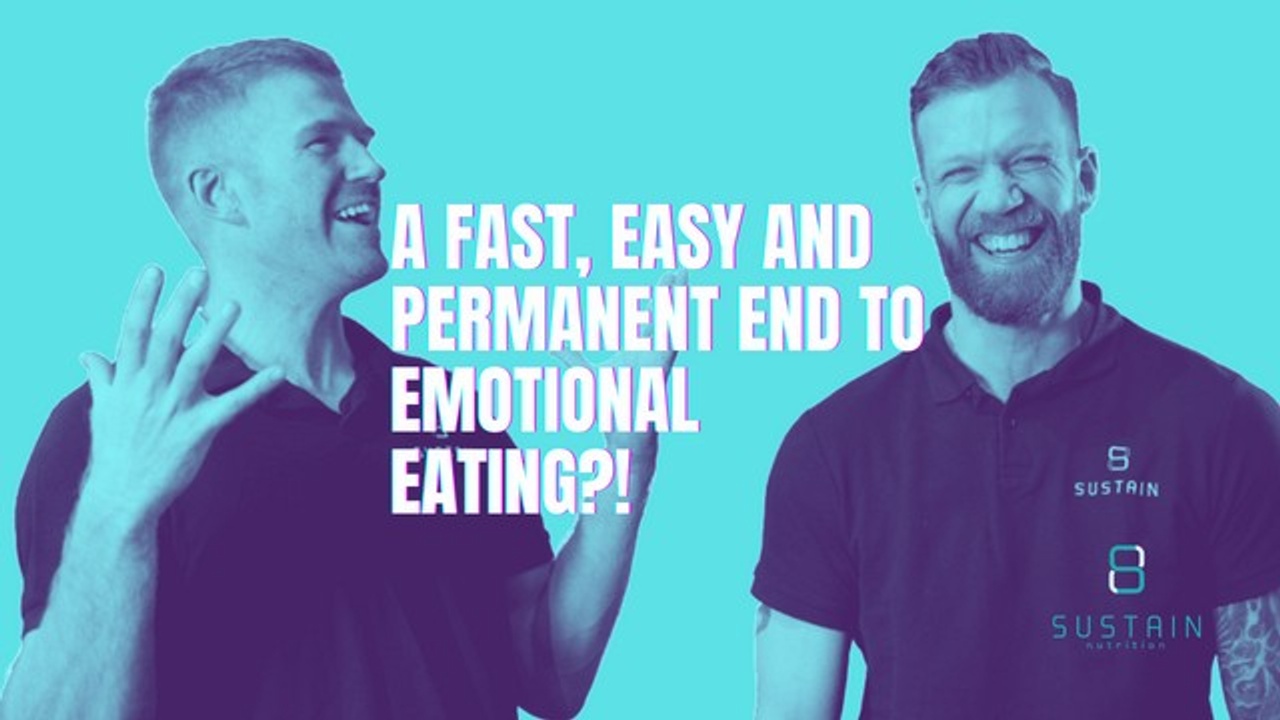A fast, easy and permanent end to emotional eating?!
Jan 27, 2022
Emotional eating, both the act itself and the impact of can be extremely damaging physically and mentally.
The act itself can leave people struggling with feelings of being out of control, weakness, greed, worry over setting a bad example, the health of you and your family or just the frustration of not being able to act the way you'd like.
The results of emotional eating include feeling worse after than you did before, feeling like a failure, unhappiness, low confidence, low self esteem, anger, upset, ill, pathetic. The list goes on and on and is hard to read.
I've had my own experiences, many whilst being a nutrition coach, where I'd eat 200g of chocolate faster than I could get air particles into my lungs, this transitioned into eating healthier foods en masse but still knowing it wasn't the right way to handle emotions to now being able to sit with and outlast the feelings that previously pushed me to food.
I'll teach you how I did this now.
1 - Ease
EAT. MORE. FOOD.
I always start here because most people eat like field mice and then wonder why they are neck deep in a family pack of choc ices come 8pm.
If people could track their calories per hour on a day they emotionally ate it would look like a hockey stick.
Porridge, blueberries and milk for breakfast. 300 calories.
Chicken salad and rice for lunch. 350 calories.
Burger, red pepper, red onion and potato. 450 calories.
6 choc ices. 900 calories.
People are looking at the symptom and not the problem.
It's like blaming bullets for murder. The issue is the root cause. And in this instance most people need to eat more.
I have worked with a lot of emotional eaters and many binge eaters. There is less binging when people eat 3 meals and 2 snacks. Not EVERY time, but an honest guess would be 90%+.
2 - Speed
The shortcut to stopping emotional eating quickly is to put more work in. Sadly, this means people are more likely to quit so there is a big caveat here in that you have to progress this as fast as YOU can whilst being consistent.
The issue comes when people say they follow the mindset work we recommend or they are aware of it. Then when asked how they actually apply it there's the awkward distance squint and stare, which ALWAYS means it hasn't been done very often.
If you want quick results, the effort has to go up. You don't get more from less.
3 - Lasting change
You keep doing the work. This is not a work of art that you finish, hang on the wall and enjoy. Look at it like an allotment that you have to deweed, water, turn the soil and then you enjoy the fruits of your labour. And if you want it again next year, you follow the process again. You don't need to reinvent it, or plant the seeds upside down. You need to find what works for you and repeat it.
The issue here is that when pain goes away, the need to follow the process does too. And more often than not the pain comes back. You must find a way to be consistent with your process.
And this will take time. Statistics show that you have to say "I've definitely got it nailed this time!" 10x before you are close to it.
The blips don't ever stop, they just get further apart and therefore the fluctuations in your results and habits become smaller and smaller.

